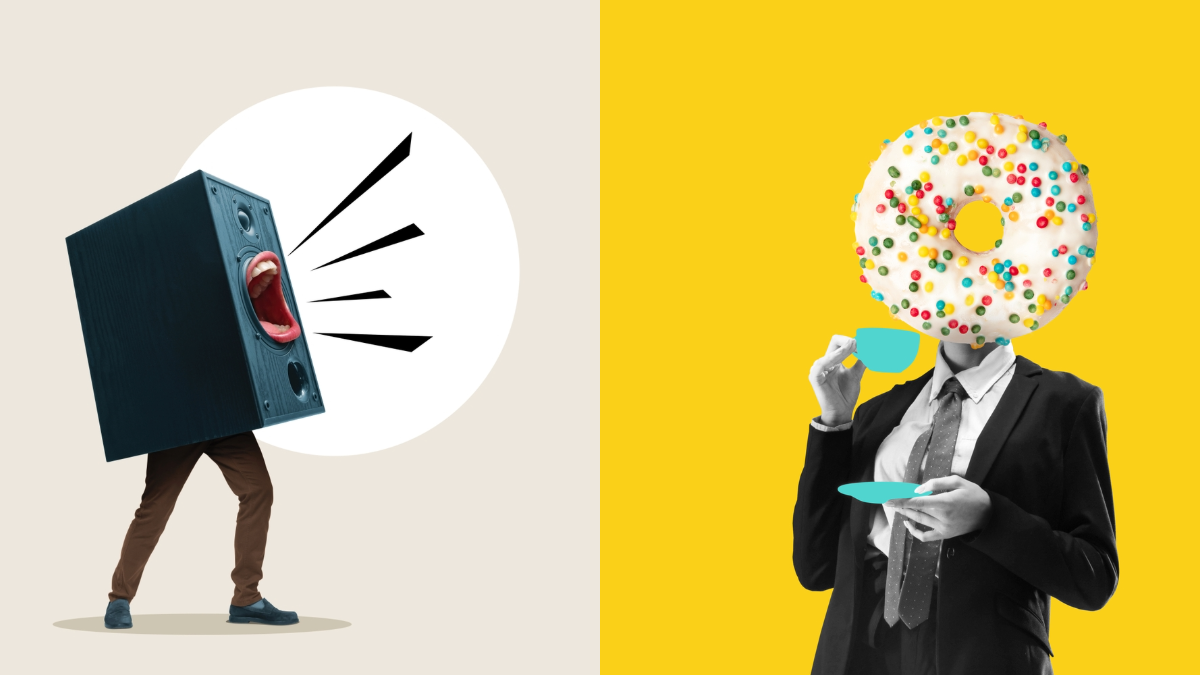
Battles rage over social media platforms and how they limit freedom of expression — or fail to. How do we handle “lawful but awful” speech, when awful is often in the eye of the beholder, and highly dependent on context and community? As society moves further online, the flow of speech among individuals and through society becomes encoded and mediated by software and decision algorithms ill-equipped to decipher the tangled web of human perspective, truth, value, individuality, identity, and community. That complexity presents a huge socio-technical dilemma, now mired in a broader cultural conflict, and driving controversial cures that may be worse than the disease.
Cutting through this dilemma requires rethinking the social component of online discourse, not just the technology. That leads to a generally unrecognized social aspect of freedom of thought — freedom of impression — that is to say, the freedom to choose to whom we listen — and with whom we “virtually” assemble and associate. Consider how thought is a very social process. Thoughts develop in our minds, then are expressed out to others; but that is just the start. Expressed thoughts then flow through a rich social mediation ecosystem in which listeners participate and offer feedback, individually and as communities; thoughts are then impressed back into our heads, leading to continuing cycles of thought.
These patterns of thought, speech and the ensuing social mediation evolved over centuries, until the twentieth century, dominated by mass media, refocused society on a restrictive logic for controlling the broadcasting of speech. The logic of mass media emphasized controls that limited expression because broadcast channels “amplified” expressions from a speaker directly to all listeners — acting as a “megaphone.” That technology of scarce channels with broad, direct amplification made curation of expression by channel-owning publishers the only workable point of control over the power of mass-scale reach. Even so, individuals retained reasonable freedom of impression, that is, the freedom to choose which channels they listen to.
Continue reading in Tech Policy Press.